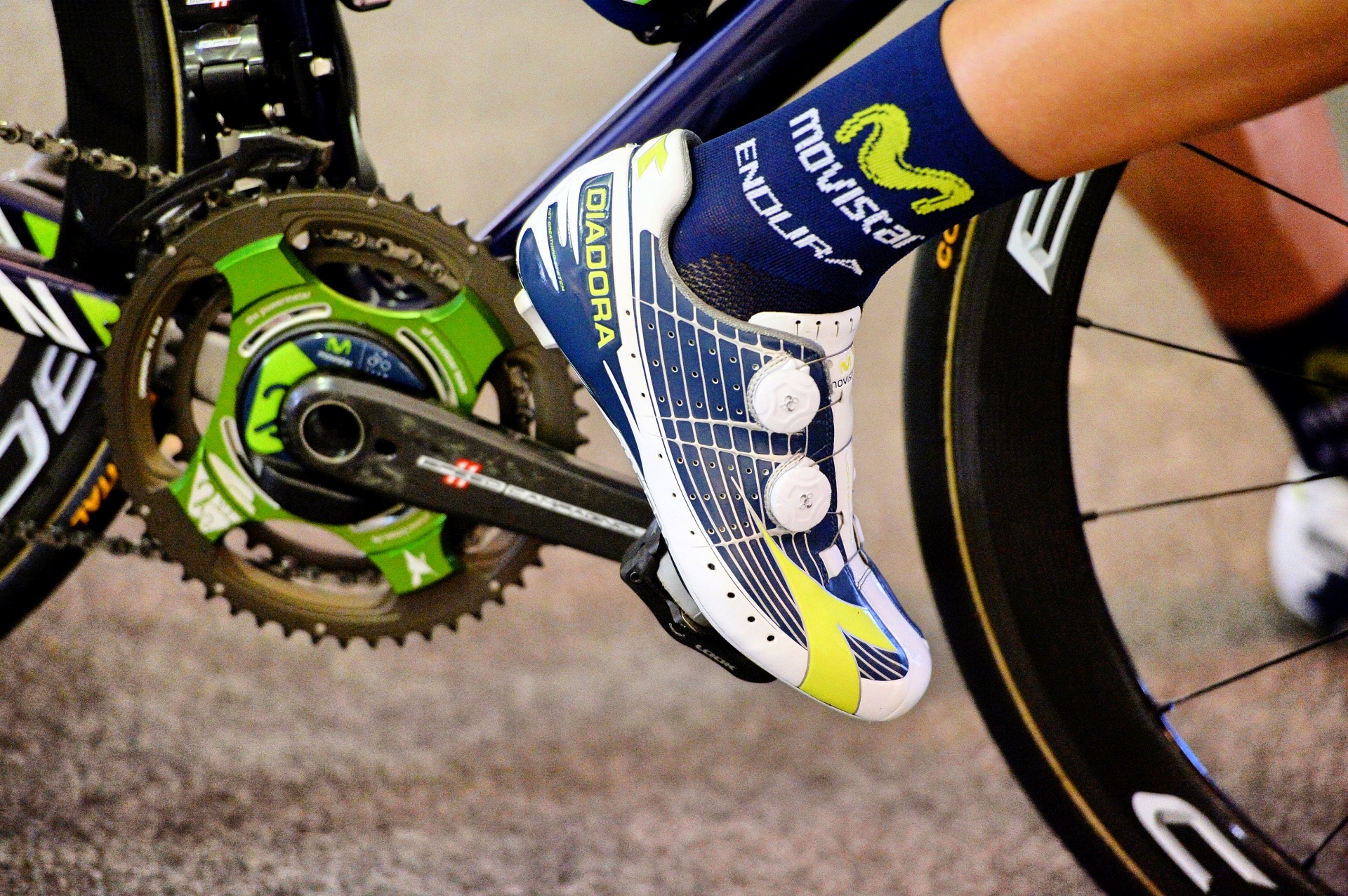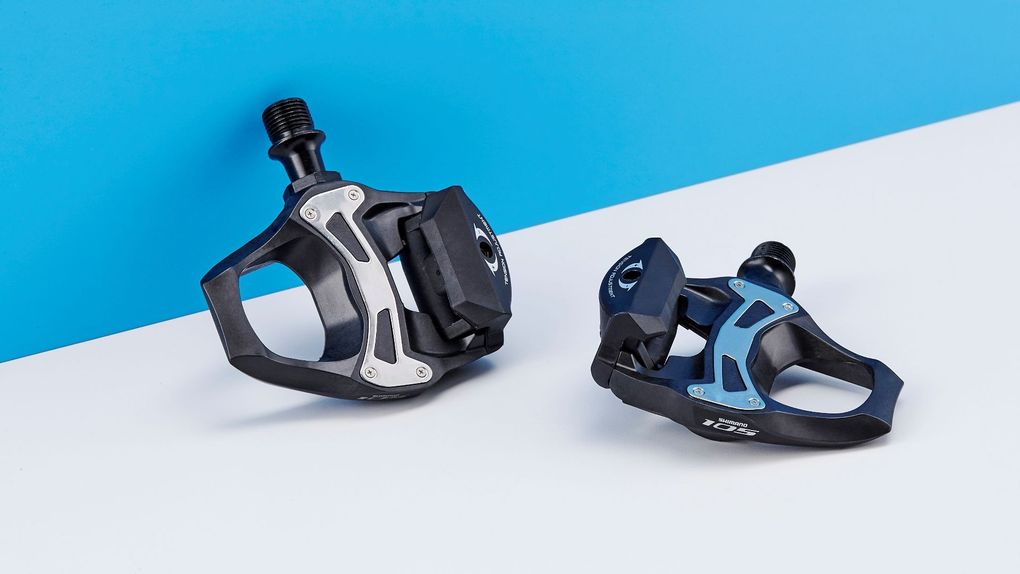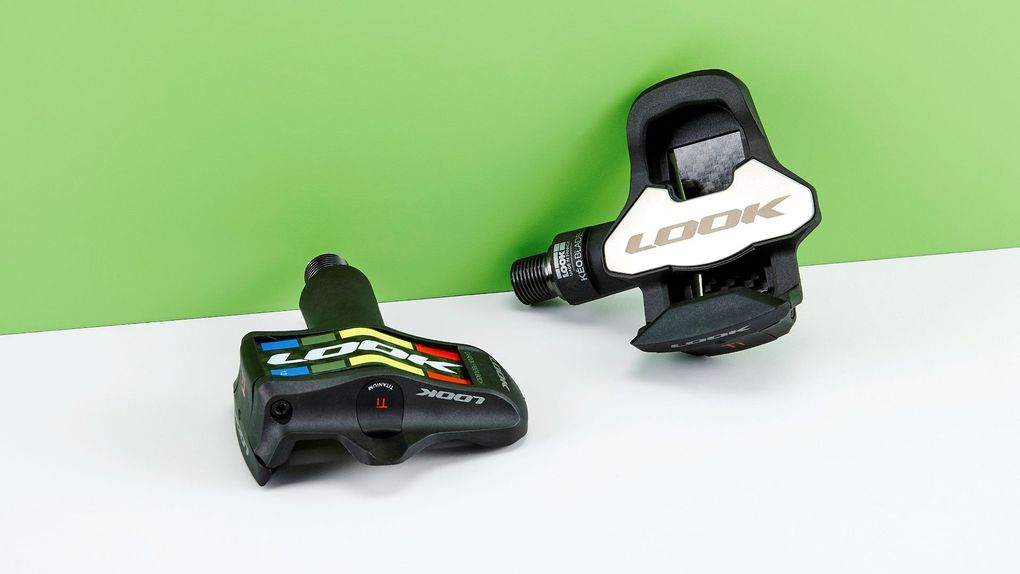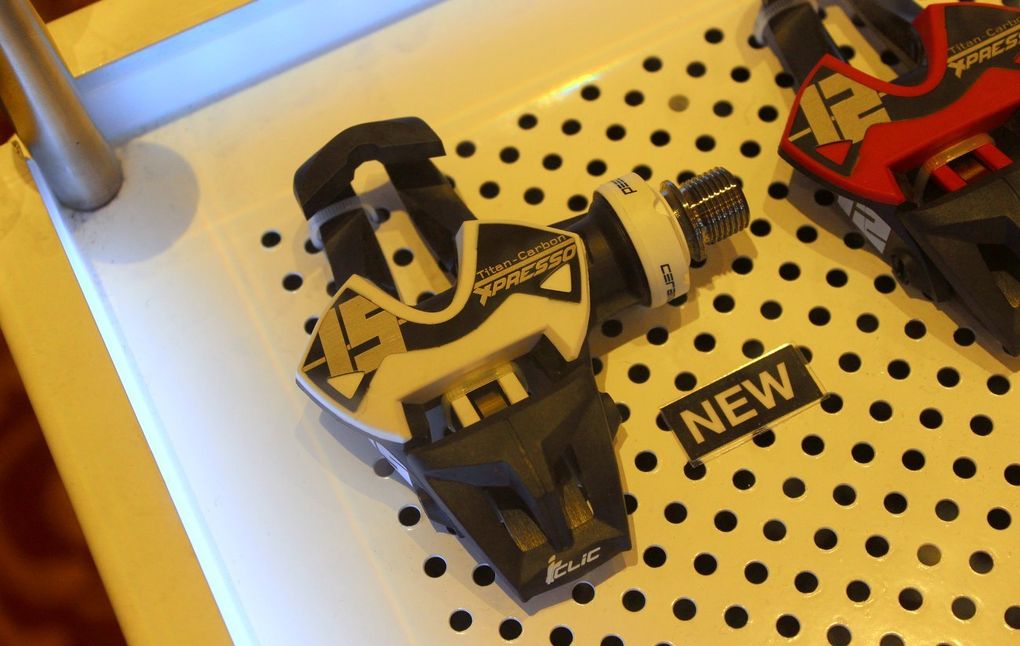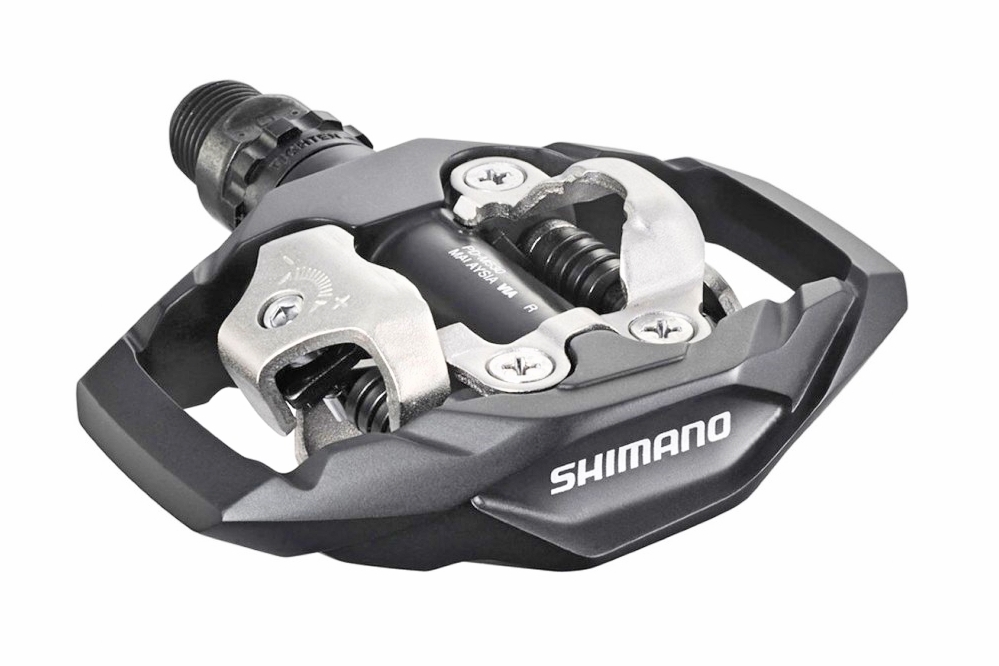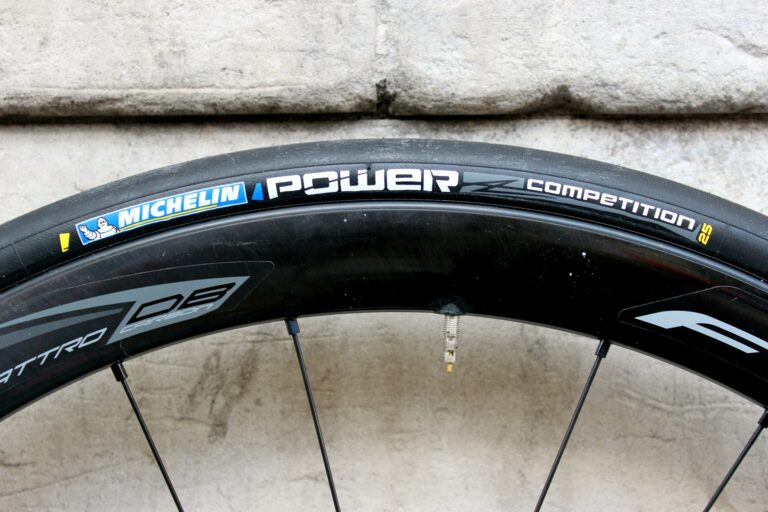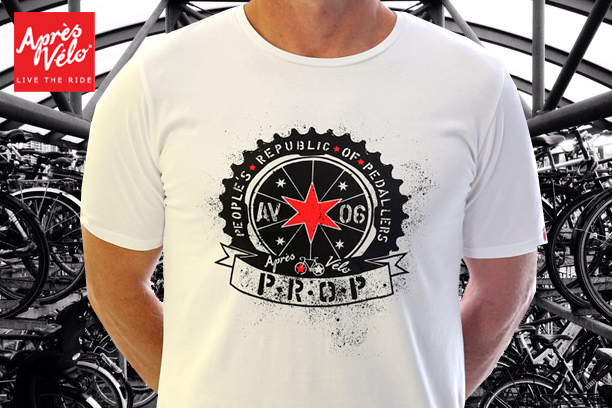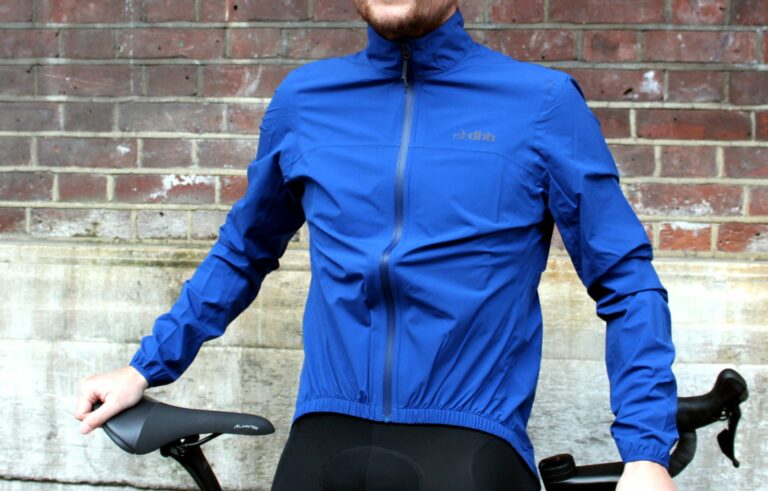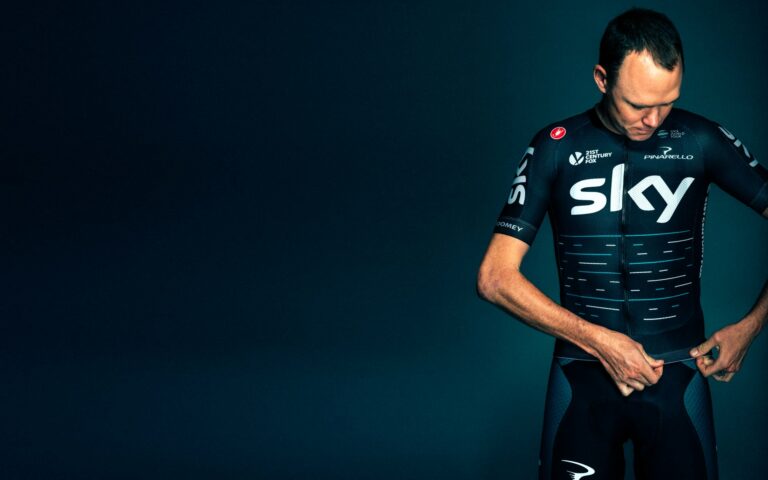Power pedals
The number of power meters on the mark has grown significantly in recent years and pedal-based systems have come to the fore alongside crank-based systems. One of the main benefits of a pedal-based power meter is that you can easily switch it between bikes.
Power pedals can either come in single or dual-sided setups (i.e., whether one or both of the pedals measure power), with single-pedal systems doubling one of the pedal measurements to give you an average of the total. While the single-sided option is cheaper, it’s less accurate, instead working up an estimate, and also can’t provide a breakdown of left and right power to identify any imbalance in your pedal stroke.
Designs vary too, with Garmin’s Vector system housing the strain gauges in the pedal spindles and batteries in separate ‘pods’, while Powertap’s P1 power pedal is a more self-contained unit, and Powermeter24’s bePRO system sits in the middle with a bulky nodule between the pedal and crank. Because of the extra technology which comes within power-measuring pedals, they tend to weigh significantly more than other high-end non-power setups.
As an aside, if budget is an issue, the Vector and bePRO systems can all be bought as a single-sided setup, with the option to upgrade to the full two-pedal system should you wish to in the future.
Garmin Vector
Pedal price range: £549.99 (single); £899.99 (dual) RRP
Cleat price: £16.99 RRP
Float options: Zero and six degrees (plus Look Kéo 4.5 and nine degree options)
Accuracy claim: +/- 2 per cent
Upgradeable: Yes
Powertap P1
Pedal price range: £599 (single) – £1,049 (dual) RRP
Cleat price: £17 RRP
Float options: Zero and six degrees (plus Look Kéo 4.5 and nine degree options)
Accuracy claim: +/- 1.5 per cent
Upgradable: No
Powermeter24 bePRO
Pedal price range: £398.93 (single) – £601.88 (dual) RRP
Cleat price: £17 RRP
Float options: Zero and six degrees (plus Look Kéo 4.5 and nine degree options)
Accuracy claim: +/- 2 per cent
Upgradable: Yes
